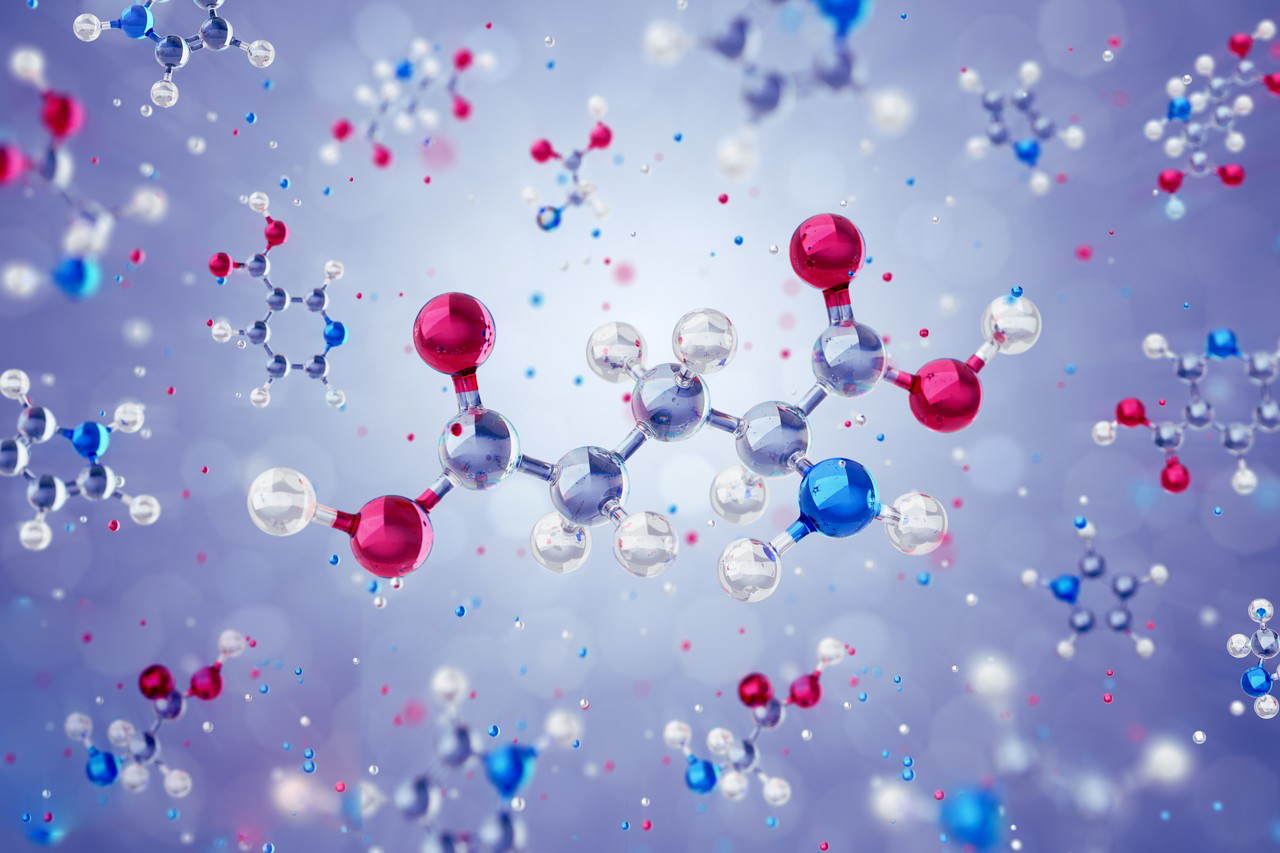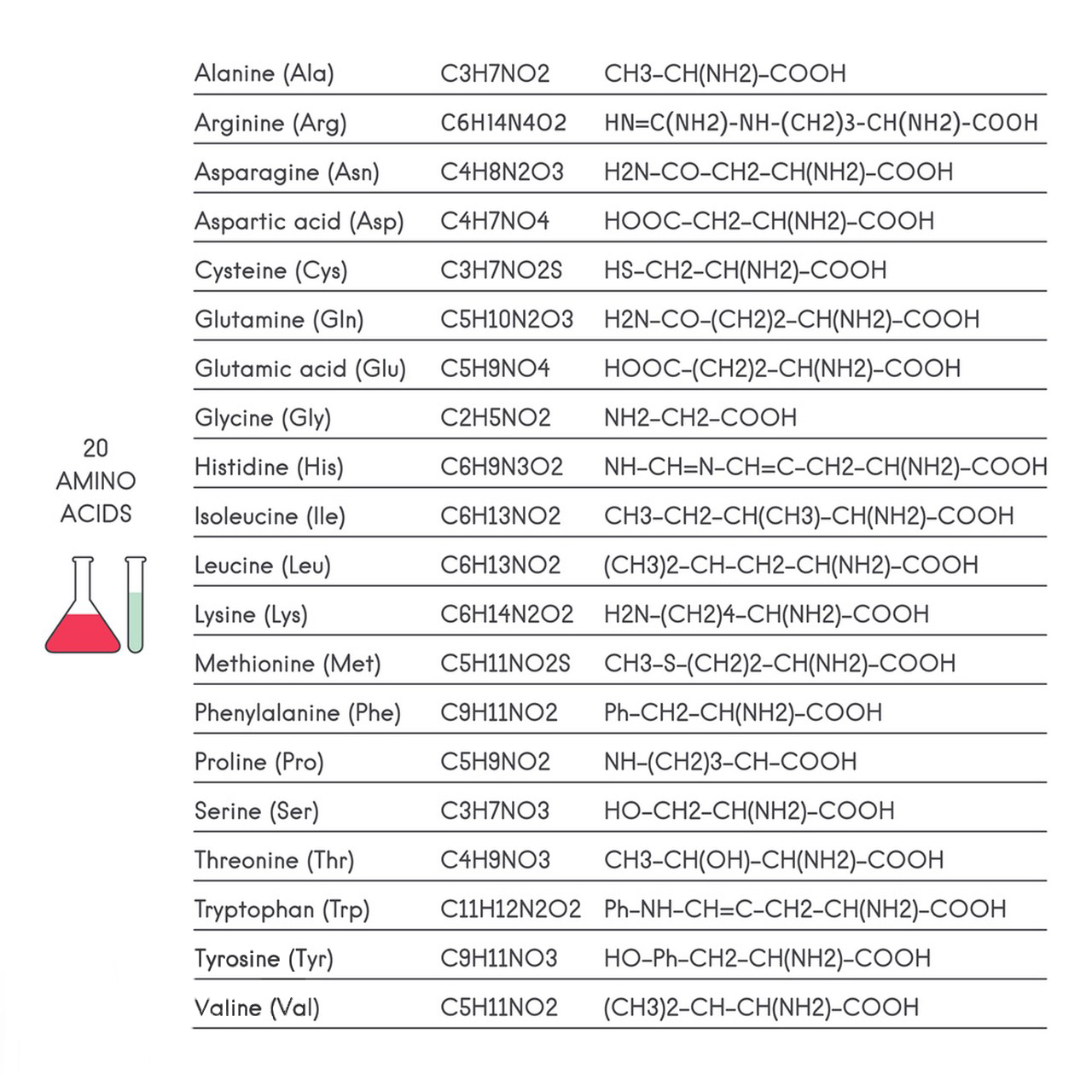L-Glutamic acid, often referred to simply as glutamic acid, is an important amino acid that plays several key roles in the human body. Here’s a comprehensive overview of this amino acid:
1. Chemical Structure: L-Glutamic acid is a non-essential amino acid, meaning the body can synthesize it from other compounds. Its chemical structure consists of an amino group, a carboxyl group, and a side chain containing a carboxylic acid group. The molecular formula is C5H9NO4.
2. Role in Protein Synthesis: Glutamic acid is one of the 20 amino acids used by the body to build proteins. It is particularly important in the formation of peptides and proteins due to its involvement in peptide bond formation.

3. Neurotransmitter Function: L-Glutamic acid serves as an excitatory neurotransmitter in the central nervous system. In the brain, it plays a crucial role in synaptic transmission, which is vital for learning, memory, and various cognitive functions.
4. Glutamate vs. Glutamine: Glutamic acid can be converted into glutamine through a reaction involving ammonia. Glutamine is another amino acid that plays a role in nitrogen transport and detoxification.
5. Role in Metabolism: Glutamic acid participates in various metabolic pathways, including the citric acid cycle (Krebs cycle) and the urea cycle. It can be converted to alpha-ketoglutarate, an intermediate in the citric acid cycle, which is essential for energy production.
6. Flavor Enhancer: L-Glutamic acid is known for its role in enhancing the umami flavor in foods. Monosodium glutamate (MSG), a salt form of glutamic acid, is commonly used as a flavor enhancer in cooking.
7. Health Implications:
- Essential for proper brain function and cognitive development.
- Involved in maintaining a healthy immune system.
- Supports the detoxification of ammonia in the body.
- Contributes to the metabolism of sugars and fats.
- Important for wound healing and tissue repair.

8. Dietary Sources: L-Glutamic acid is found in various protein-rich foods, including meat, poultry, fish, eggs, dairy products, and plant sources like soybeans, spinach, and seaweed.
9. Deficiency: A deficiency of glutamic acid is rare because it can be synthesized by the body. However, individuals with certain metabolic disorders may have impaired glutamic acid metabolism.
10. Safety Considerations: While glutamic acid itself is generally considered safe, some people may experience adverse reactions to high doses of MSG, which is a common food additive. This condition is known as “Chinese restaurant syndrome” or “MSG symptom complex.” However, scientific evidence supporting these claims is limited, and most people can consume MSG without any issues.
In summary, L-Glutamic acid is a versatile amino acid with significant roles in protein synthesis, neurotransmission, metabolism, and flavor enhancement in foods. It is an essential component of a healthy diet and contributes to various bodily functions, particularly brain function and neurotransmitter regulation.
